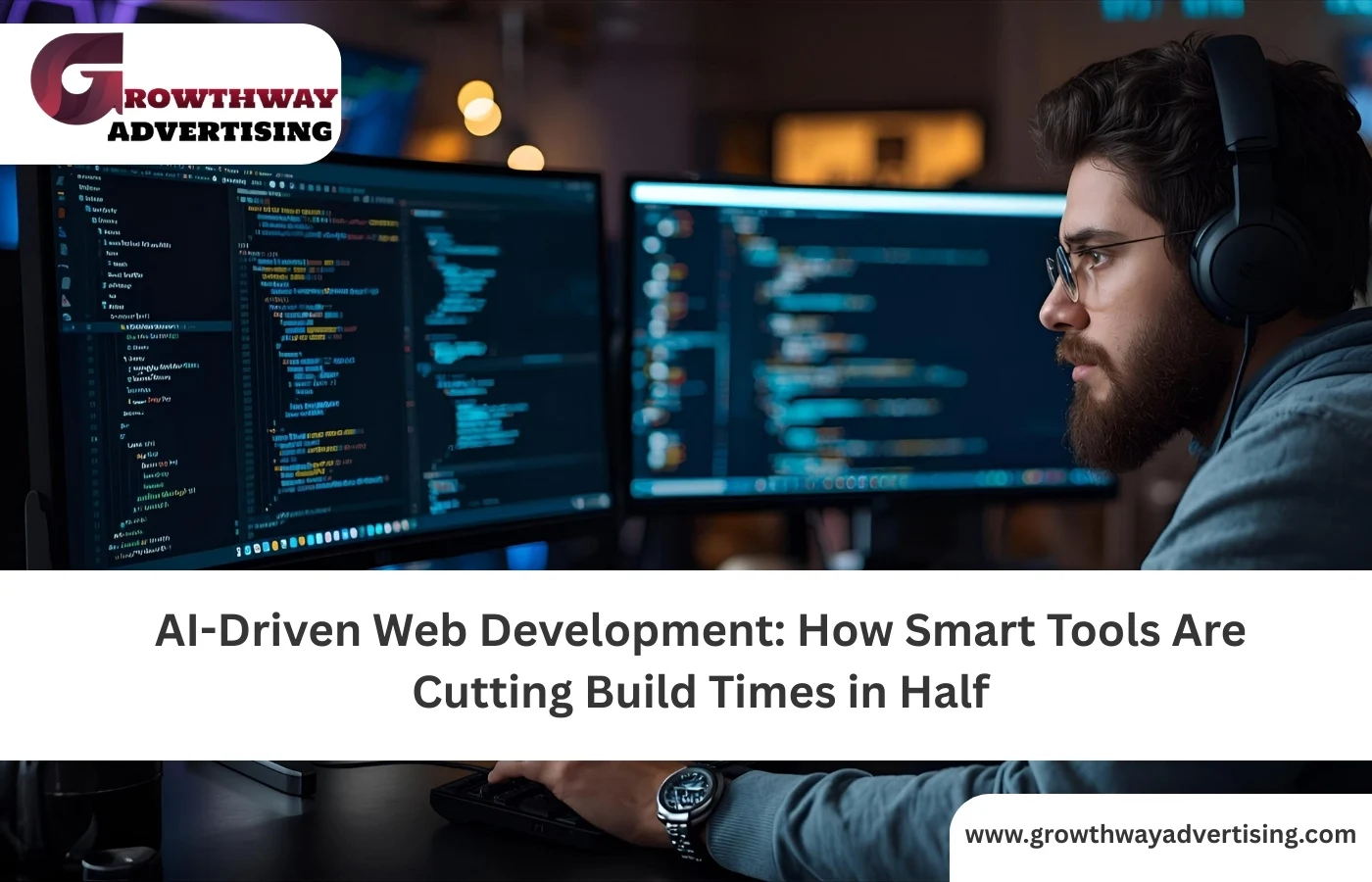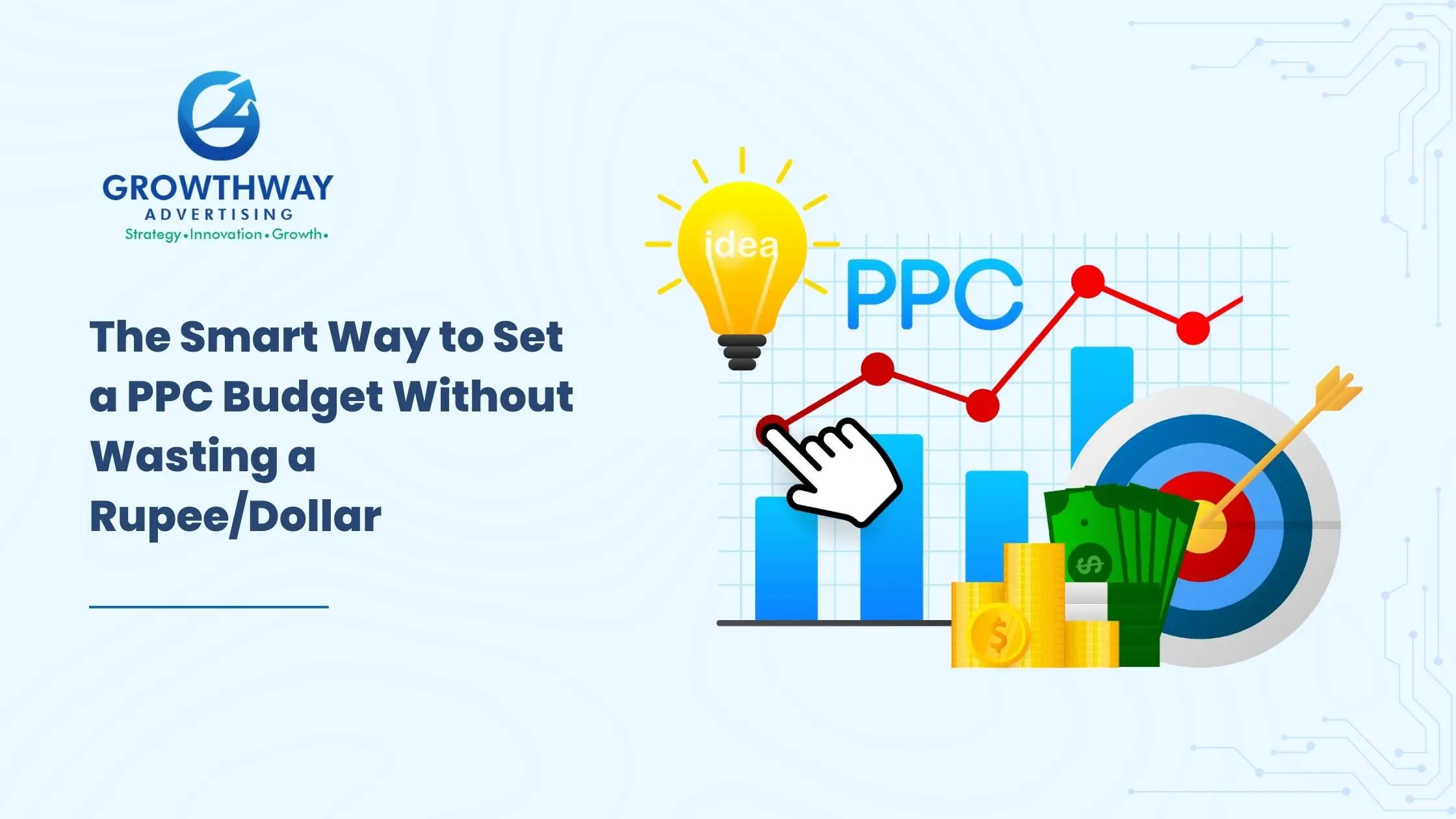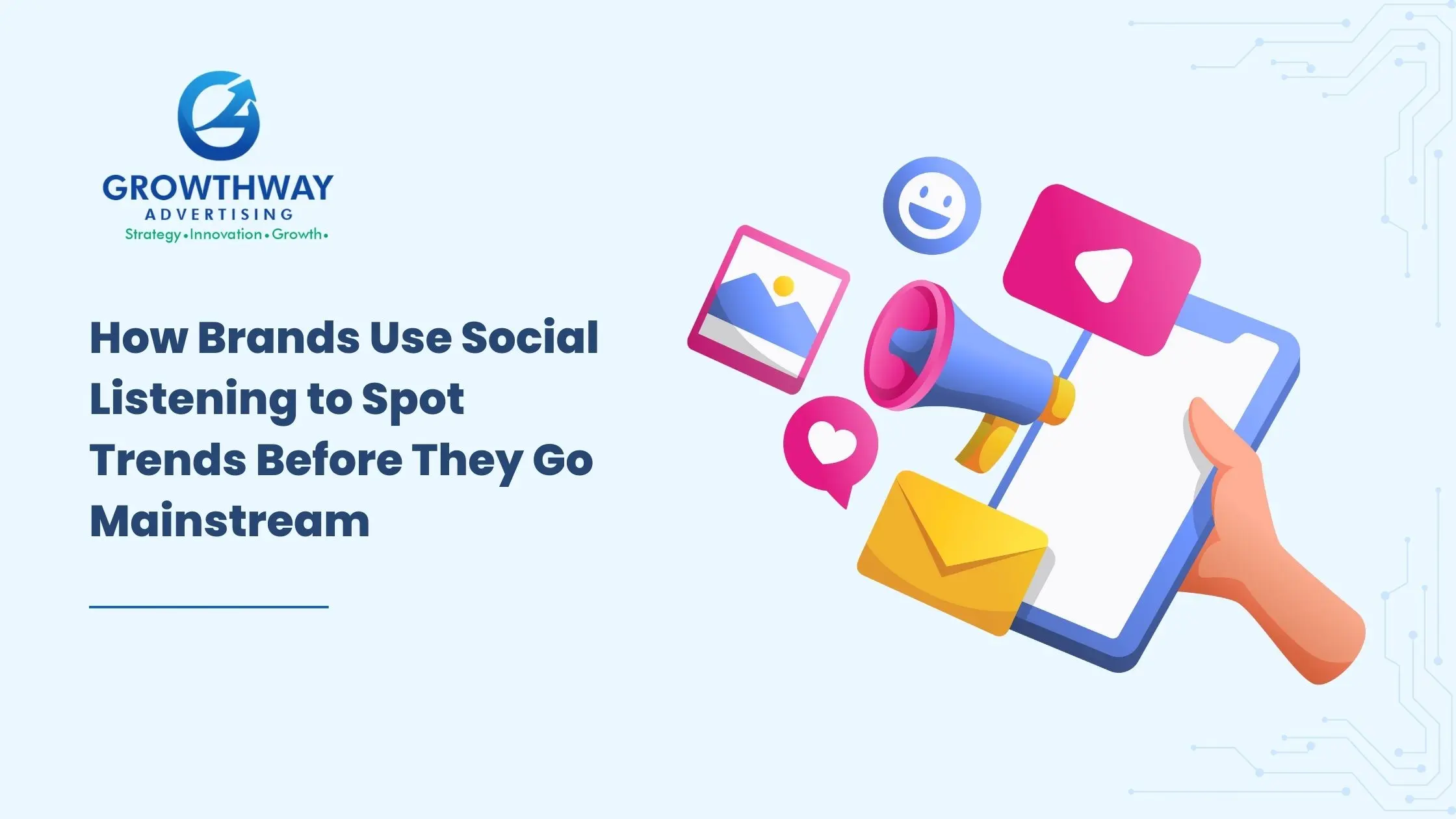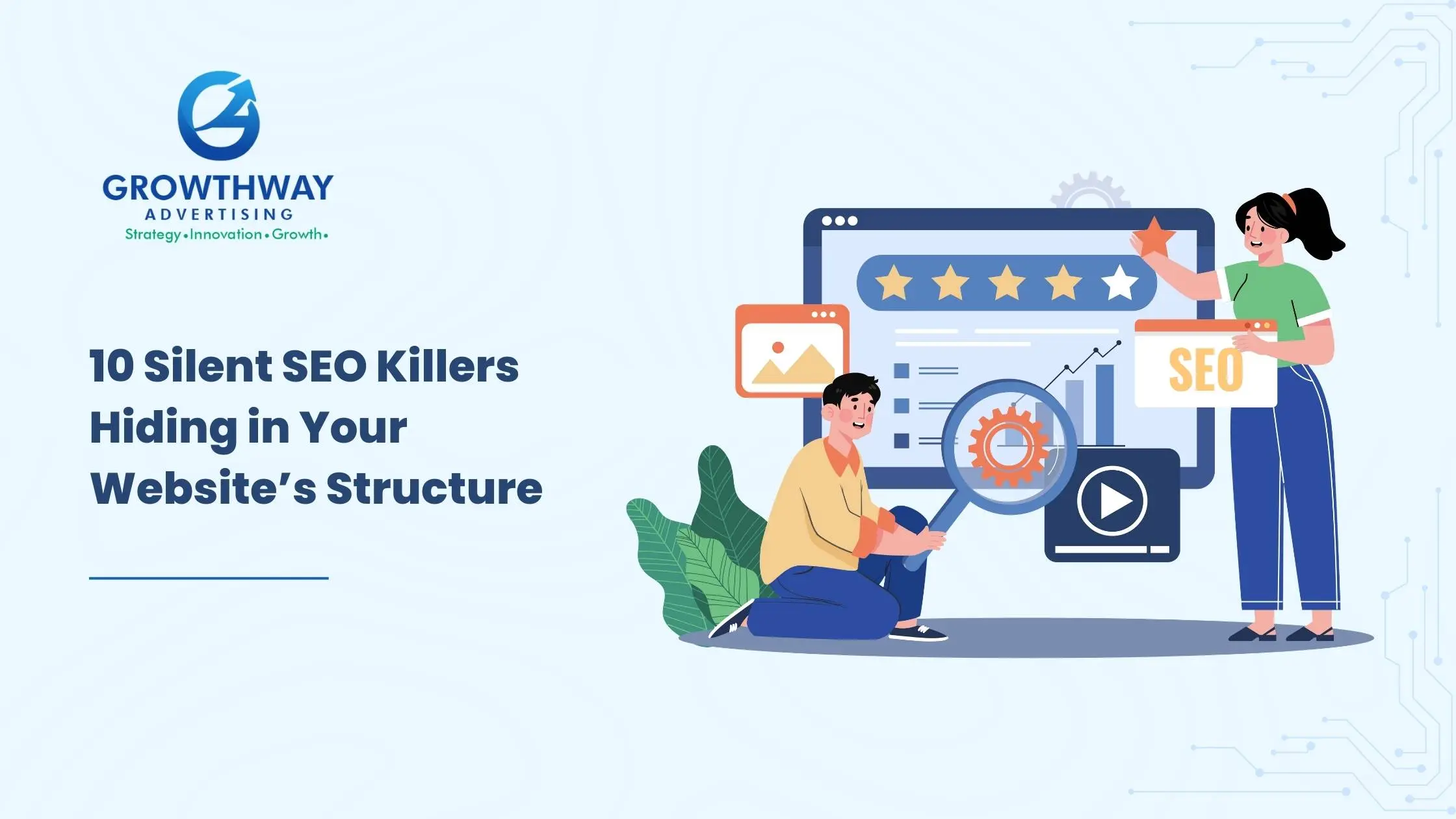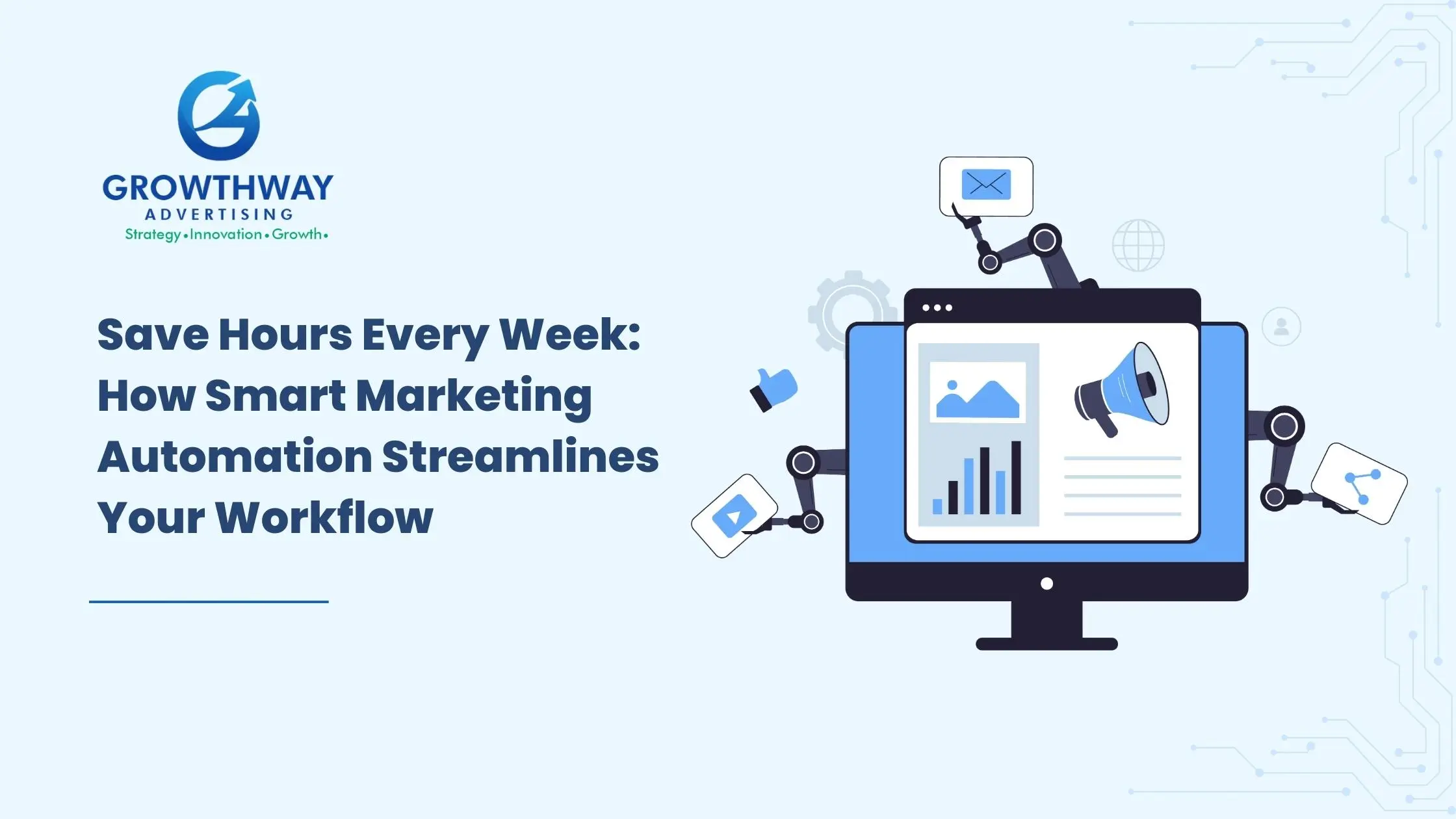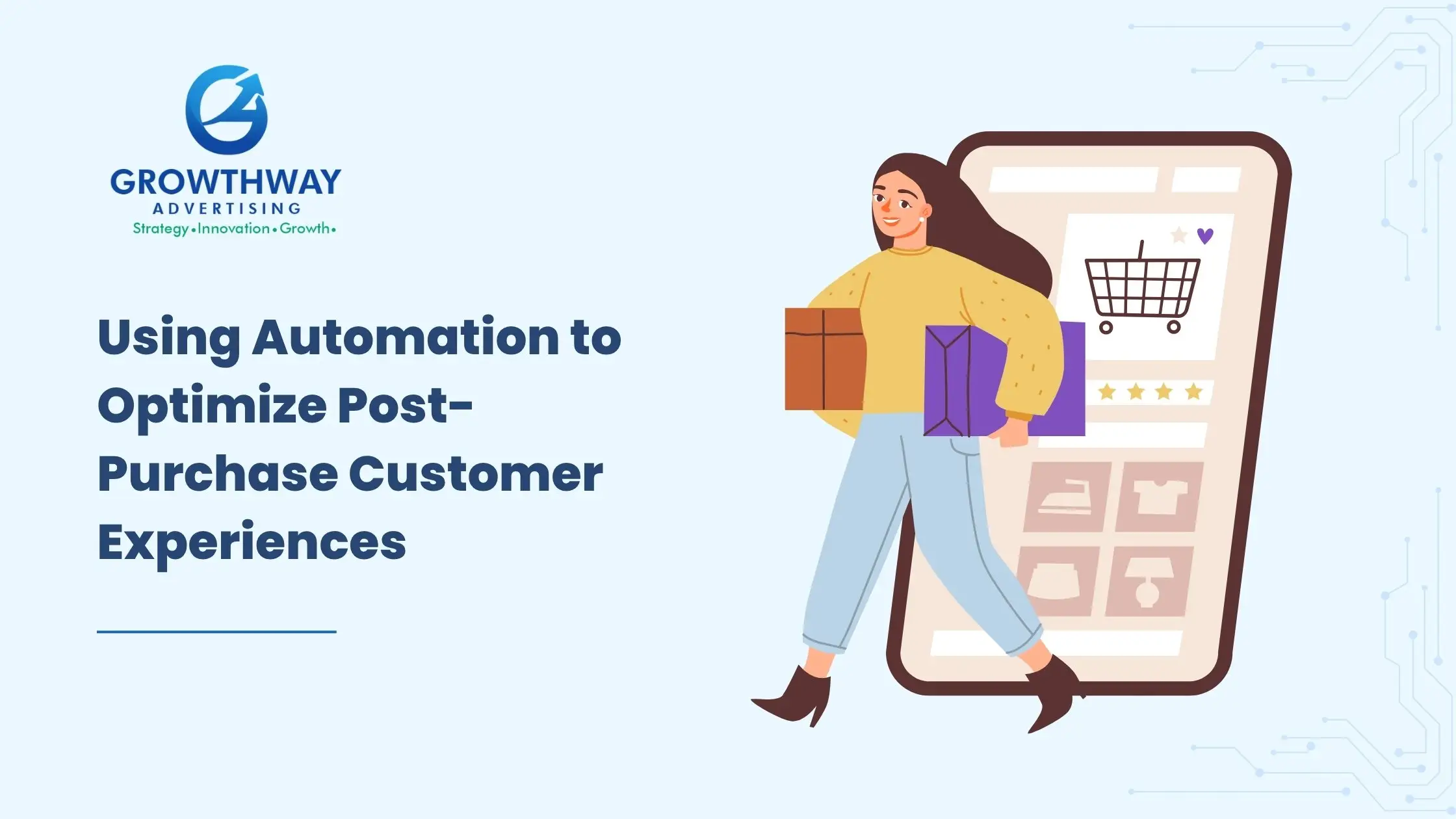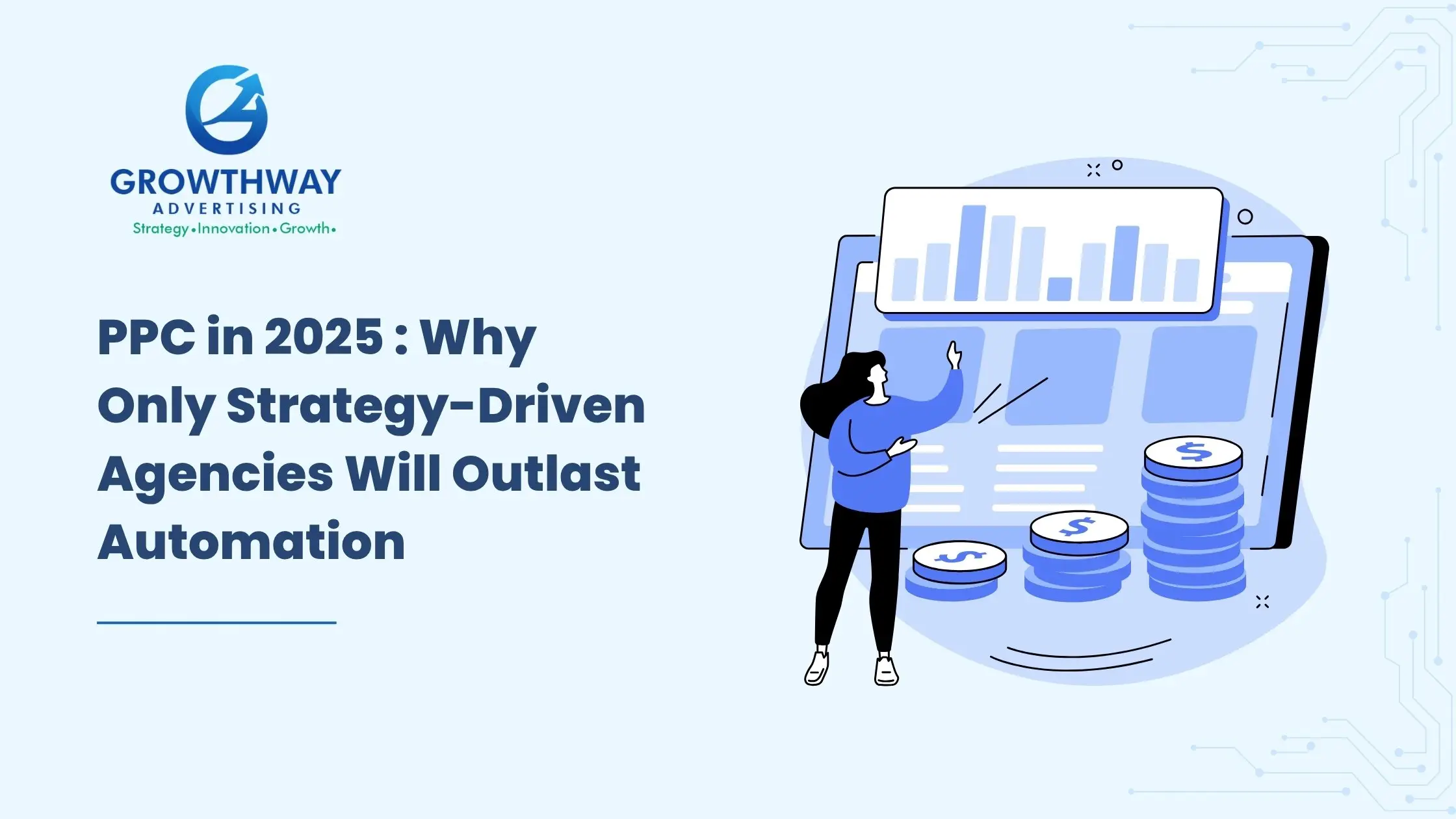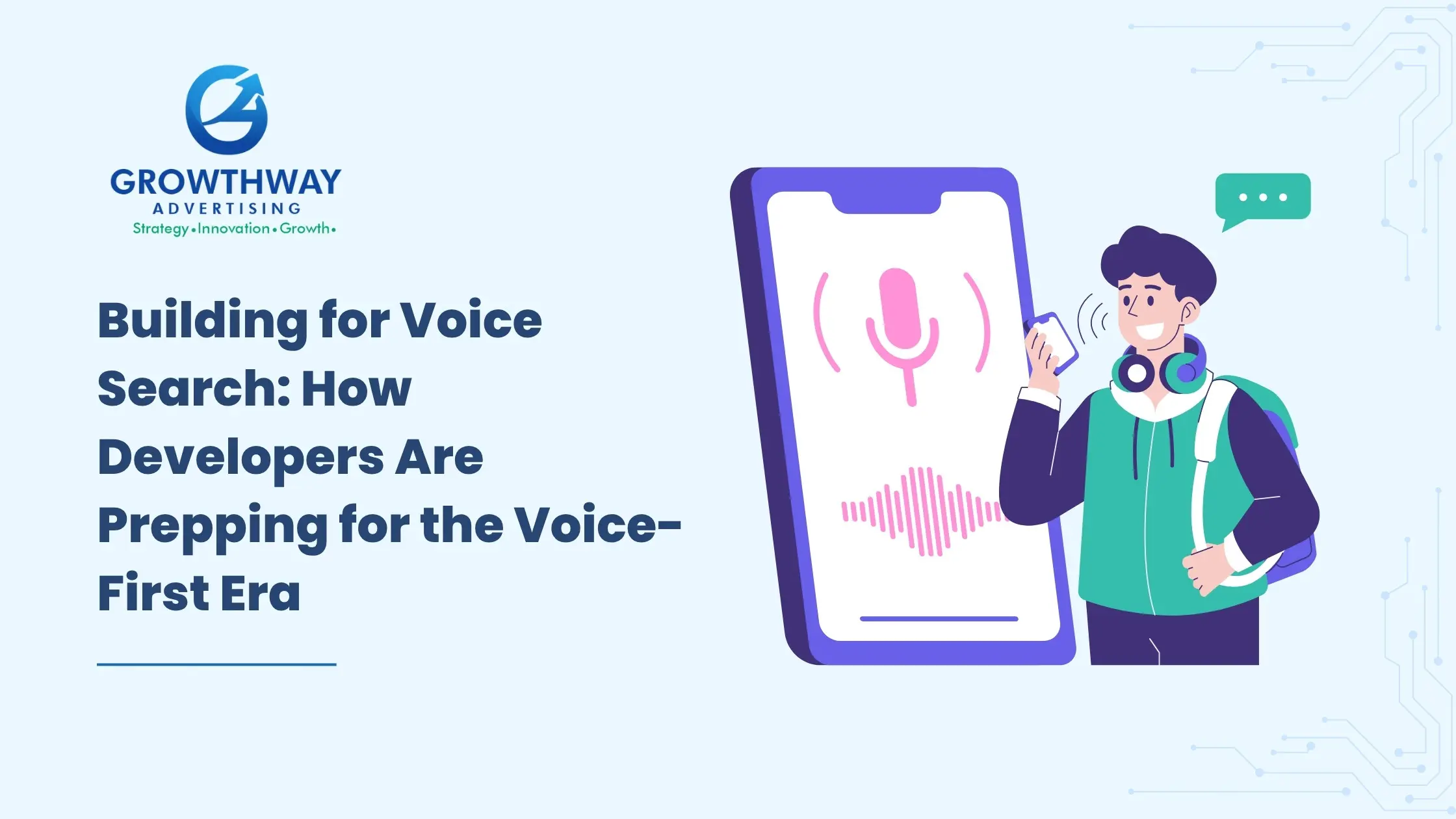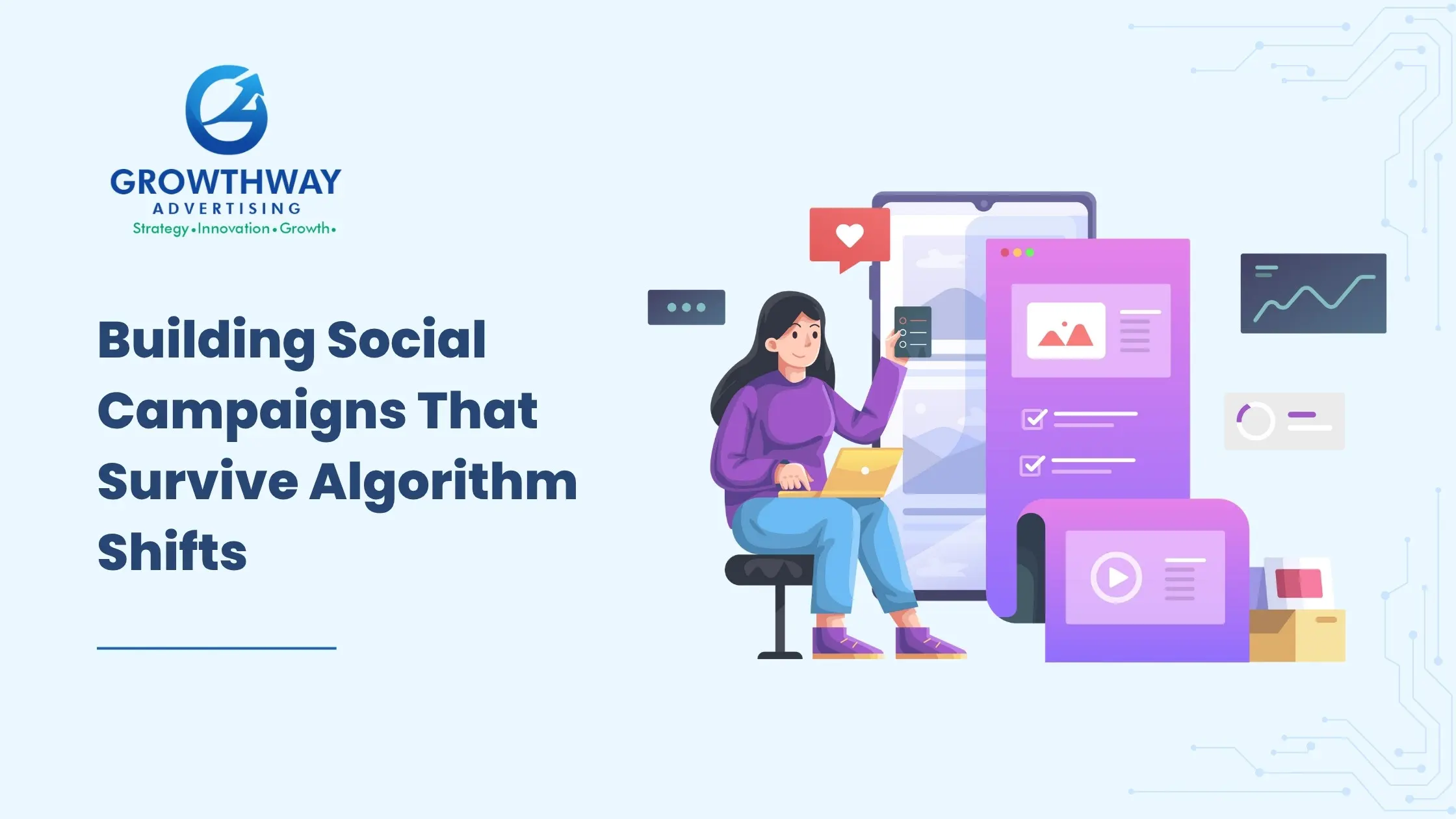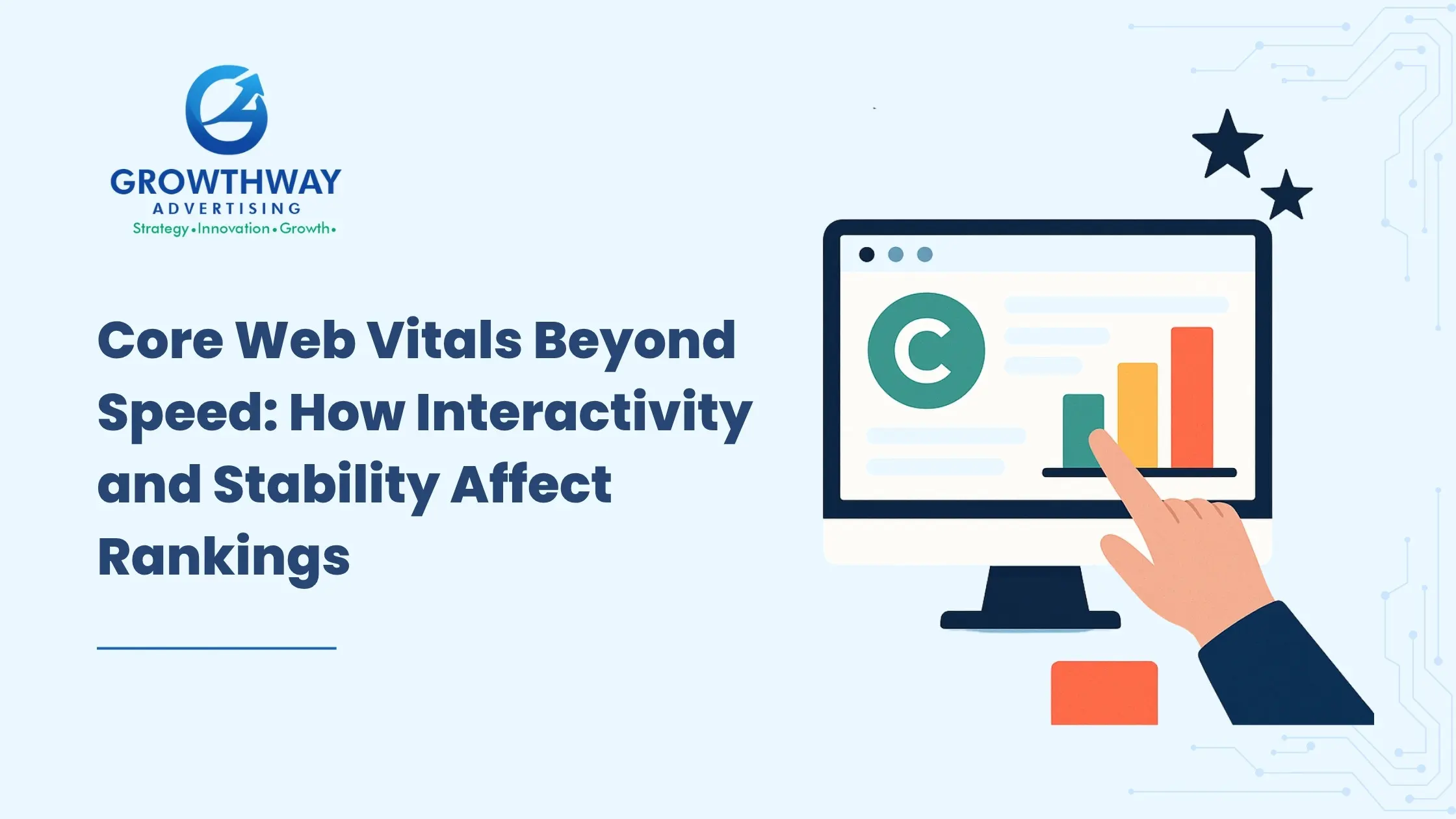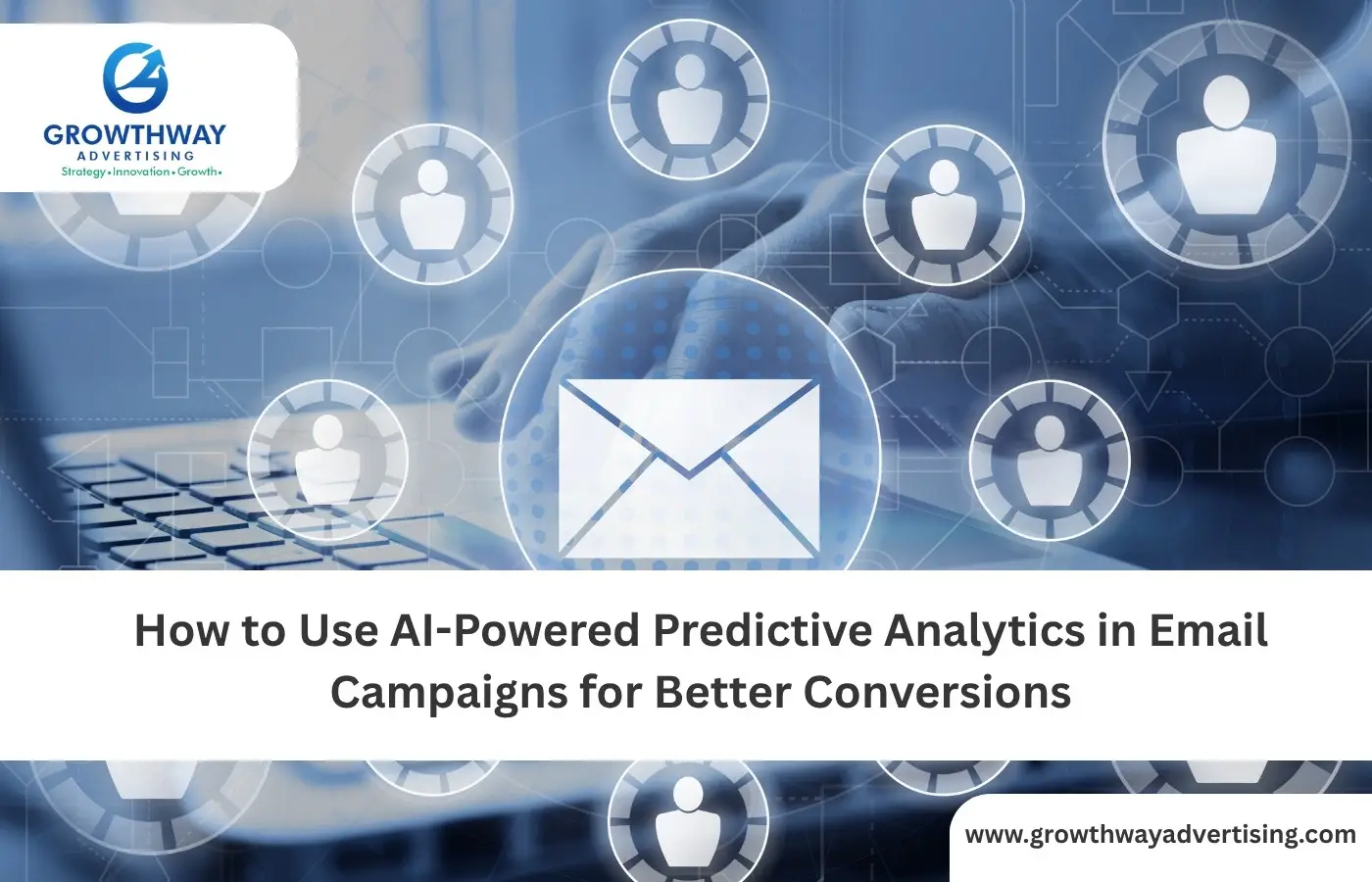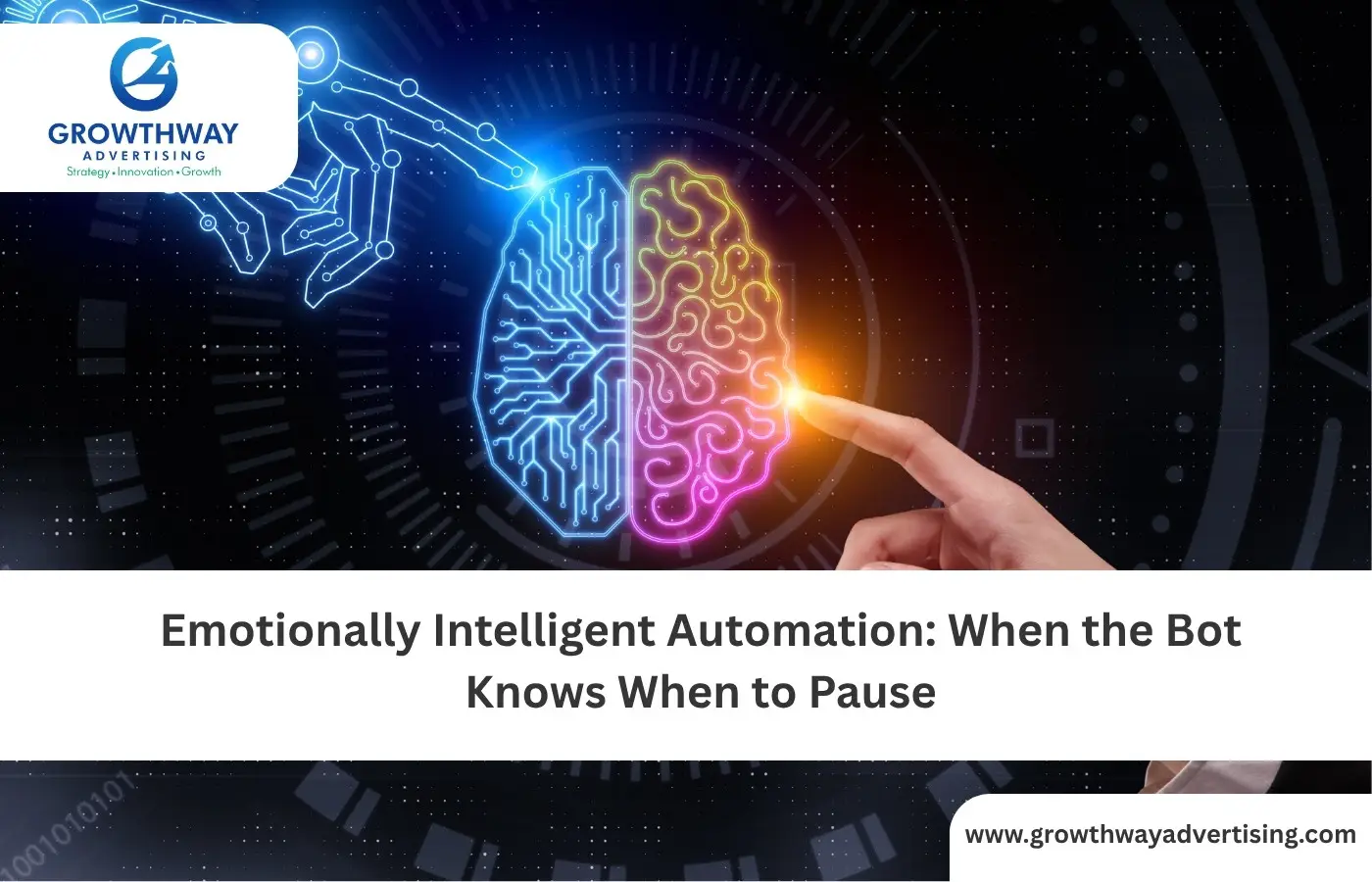Web development has always been about balancing creativity with efficiency. Businesses want websites that not only look good but also perform flawlessly. The problem? The old development cycles are slow and involve millions of hours of coding, testing and adjustment. It is there that AI in web development is making the difference. Having intelligent tools in the build process, teams are recording development time reduced by almost 50 percent- without compromising on quality.
We can deconstruct how this change is occurring, what tools are enabling it and what it implies to businesses that engage a web development company or source their web development agency.
Why AI Is Reshaping Development Timelines
Developing a modern website involves design, prototyping, testing, content management, optimization, and security checks. Historically, each of these phases required manual work. With AI in web development, many of these steps can be automated or accelerated.
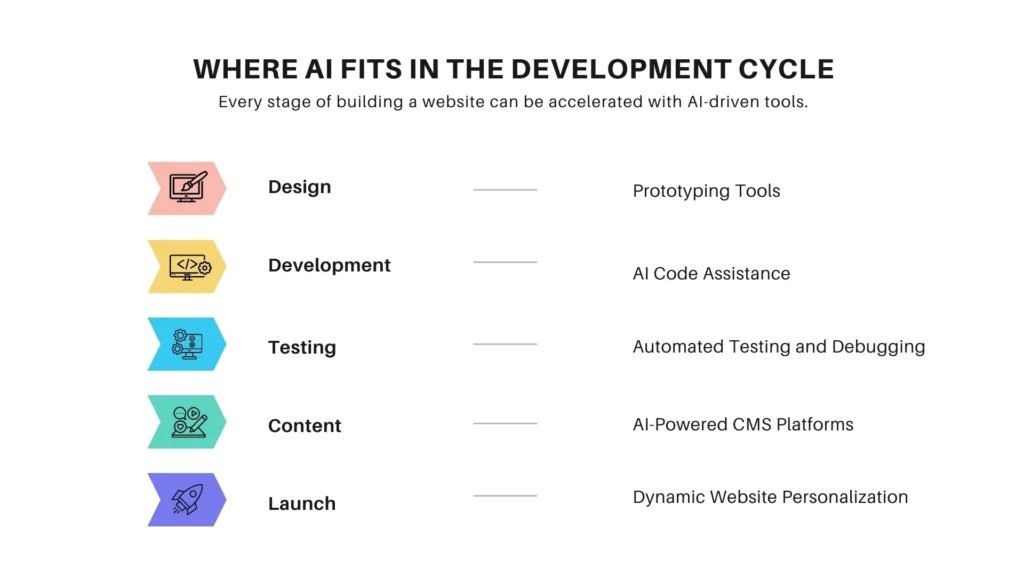
For example:
- Prototyping tools powered by AI can convert wireframes or even hand-drawn sketches into working code.
- Automated testing and debugging tools can catch errors before they reach production.
- AI-powered CMS platforms can suggest layouts, content blocks, and personalization strategies.
All these innovations eliminate redundant activities, leaving the developers to devise strategy and innovations.
Prototyping in Minutes, Not Weeks
Prototyping used to be a bottleneck. Designers created mockups, developers translated them into code, and iterations dragged on. Now, prototyping tools like AI-driven wireframe converters build functional prototypes in hours.
Consider creating a design on paper and being given a coded template that is already mobile friendly. In the case of businesses that require website development services, this translates into faster approvals and shorter feedback loops as well as being able to start doing actual development work sooner.
The impact is clear: what once took weeks can be achieved in days.
Smarter Testing With Automated Debugging
No website launch is complete without rigorous testing. Bugs, broken links, and responsiveness issues have always demanded countless hours of manual QA. With automated testing and debugging, AI tools scan thousands of scenarios in minutes. They can flag compatibility issues across devices, predict potential security vulnerabilities, and even suggest fixes.
This is not only beneficial in the delivery speed of a web development agency, but also lessens the chances of fixing the buggy software after its launch. Companies wind up having shorter time-to-market and less customer complaints.
Content Management Gets an AI Upgrade
Content is no longer text, it is the fuel that is used to generate engagement. The old-fashioned CMS systems offer structures, yet they use manual input to make layouts, updates and optimization. Get into AI-based CMS.
These tools don’t just store content; they actively manage it. They can:
- Recommend headlines based on engagement data.
- Adjust layouts to match predictive user behavior.
- Optimize images and copy for voice search optimization and visual search in websites.
To companies that have taken the services of web development, this translates to websites that remain vibrant and up to date even long after their conception without the need to keep them updated manually.
Personalization Becomes Dynamic and Scalable
Dynamic website personalization is one of the most interesting trends. Simple triggers such as location or device type had been used as the only form of personalization. Personalization now uses AI to take into account the history of browsing, information about the session, and even live behavior.
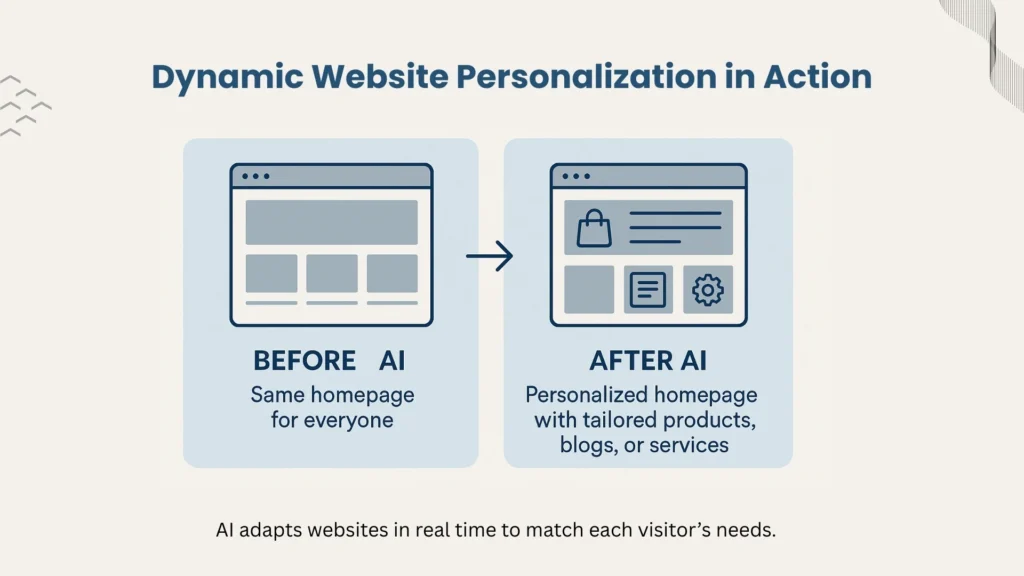
For example, an e-commerce site can dynamically change its homepage based on what the user is likely to purchase next. A B2B service provider might show tailored case studies depending on industry. This type of personalization used to require huge development overhead. Today, it’s becoming a built-in feature of AI-driven platforms.
AI in Search and Accessibility
Search is no longer just about keywords. With voice search optimization, websites need to understand conversational queries. With visual search in websites, users can upload images or use their camera to find products. Both of these are powered by AI models that interpret natural language or visual data.
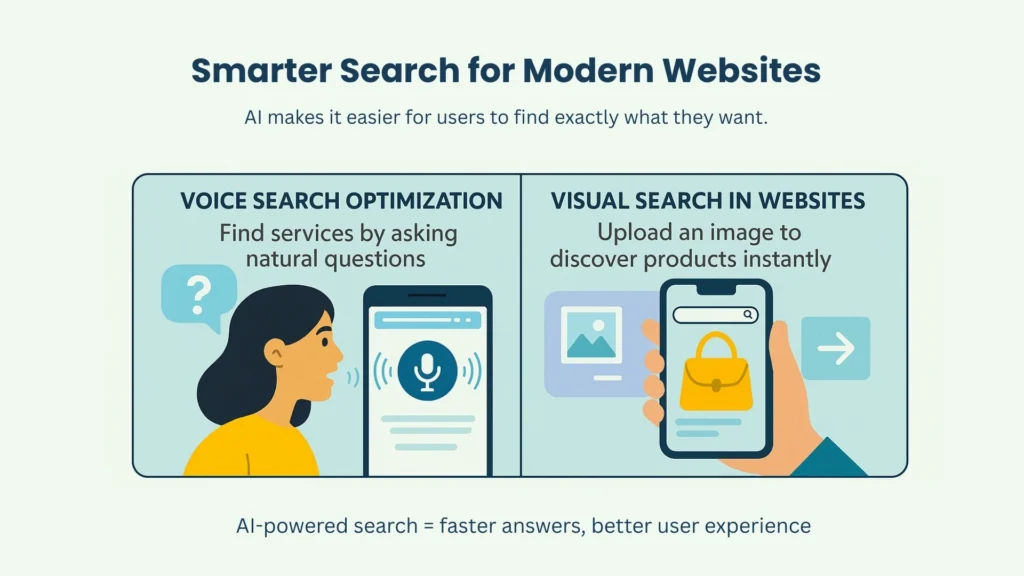
This only means that companies that invest in the use of AI in web development will future-proof their sites. They will not simply be a typable query but will be present to users on the platforms and modalities they already love- voice assistants, smart devices and visual interfaces.
Predicting What Users Want Before They Know It
AI thrives on data, and in web development, that translates to predictive user behavior. By analyzing user journeys, session durations, and click patterns, AI tools can anticipate what users are likely to do next.
This has a direct impact on design and content decisions. For example:
- Surfacing FAQs where users are most likely to abandon.
- Highlighting promotions just before checkout.
- Suggesting relevant blogs or services based on reading behavior.
In the case of a web development agency, user need prediction is no longer just a shortcut to build time, but less of a gamble in the digital experience creation process.
The Rise of AI in WordPress Development
With nearly half the internet powered by WordPress, it’s no surprise that wordpress web development is getting an AI upgrade. From plugins that automate SEO to design assistants that create layouts, WordPress is evolving fast.
AI integrations allow:
- Auto-generation of blog outlines and meta descriptions.
- Smart chatbots for customer interaction.
- Automated image optimization and accessibility tagging.
To businesses that contract a website development firm, AI-powered WordPress constructions imply shorter periods to launch and even smarter services without extreme custom-coded applications.
Why Businesses Care About Speed
One day of saved development can translate to the earlier the product enters the market, sooner it recovers, and the better the competitive advantage. In the case of startups, quicker prototyping implies testing the ideas before money runs out. In the case of enterprises, faster rollouts imply being on par with consumer demands in a digital first economy.
That is why the demand in web development services based on AI integration is growing rapidly. It can be AI-powered CMS platforms, prototyping tools, automated testing and debugging, or any other approach, but the result is the same: less time in building and more time in innovation.
Emerging Opportunities in AI-Driven Web Development
While AI has already transformed prototyping, testing, and content management, there are still areas of innovation that push web development further:
- Edge AI for Web Apps
Running AI models directly in browsers or on devices cuts latency and reduces reliance on servers. This makes web apps faster and more privacy-friendly. - Explainable AI in Web Design
As personalization gets smarter, users want transparency. Showing why a page looks the way it does builds trust. - Developer Workflow Integration
AI isn’t just for end features. It’s reshaping how developers write, review, and deploy code through smarter version control and CI/CD automation. - Regulatory and Compliance Factors
With data powering personalization and behavior prediction, ensuring compliance with privacy laws like GDPR is non-negotiable. Factoring these elements into builds keeps websites both fast and sustainable.
By leaning into these areas, a website development company can go beyond delivering faster projects, they can create smarter, future-ready digital platforms.
FAQ’s
AI automates repetitive tasks such as debugging, layout generation, and SEO optimization. This reduces manual coding hours and accelerates the launch process.
AI-powered CMS platforms are content management systems that use AI to recommend layouts, optimize content, and deliver personalized experiences without constant manual updates.
With automated testing and debugging, AI tools simulate thousands of scenarios, detect issues across devices, and suggest fixes, cutting QA time significantly.
Yes, AI enables voice search optimization and visual search in websites, allowing users to interact using natural speech or images instead of just typed text.
AI reduces development hours and post-launch fixes, which often makes it cost-effective. The initial investment in tools pays off with faster delivery and better results.
The future includes on-device AI for faster apps, explainable AI for transparency, and smarter integration into workflows offered by modern web development services.

